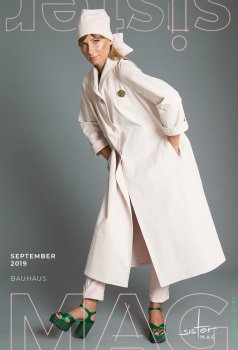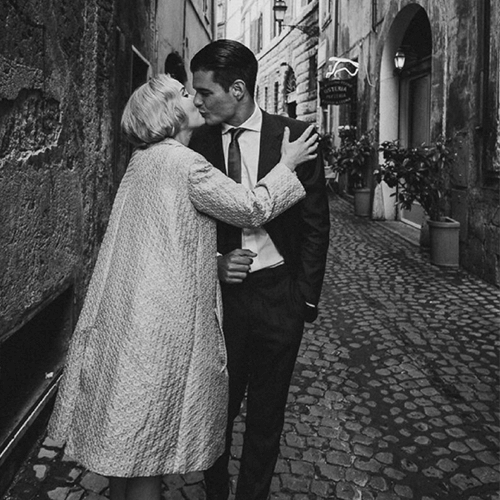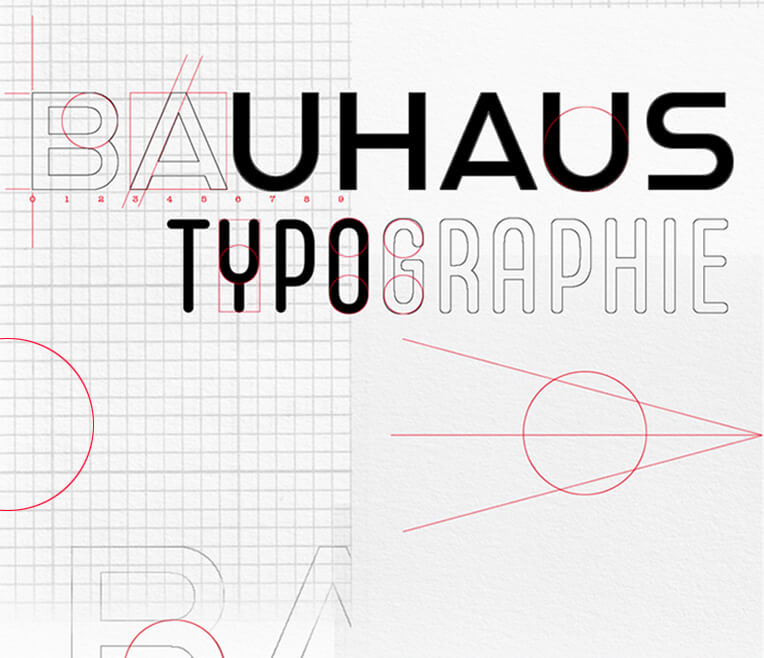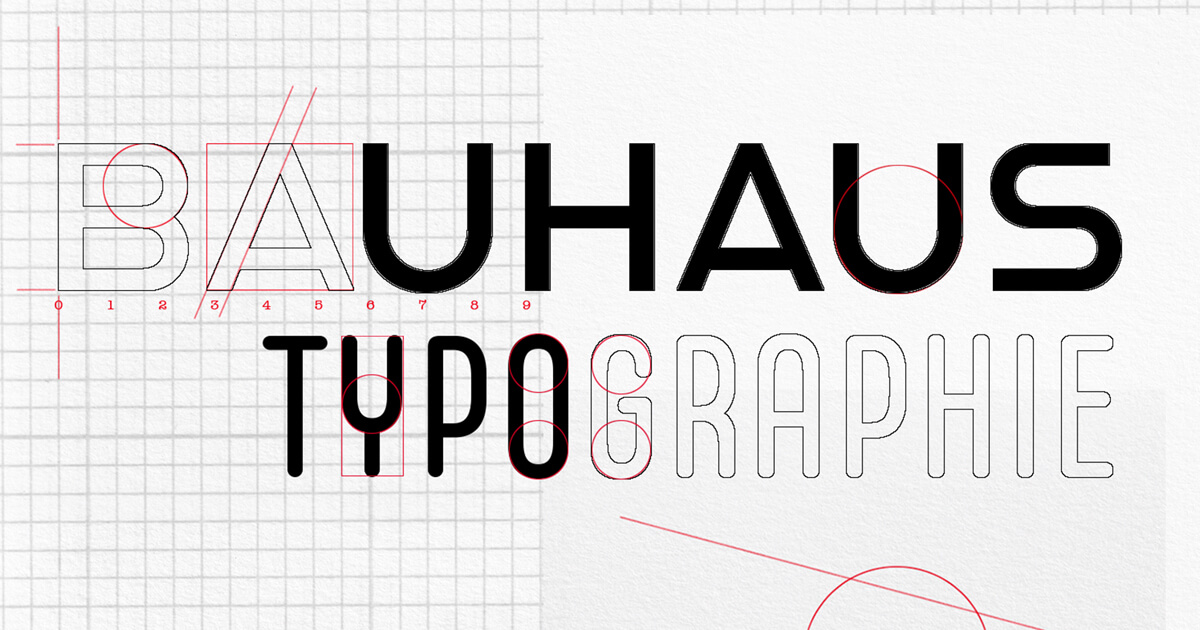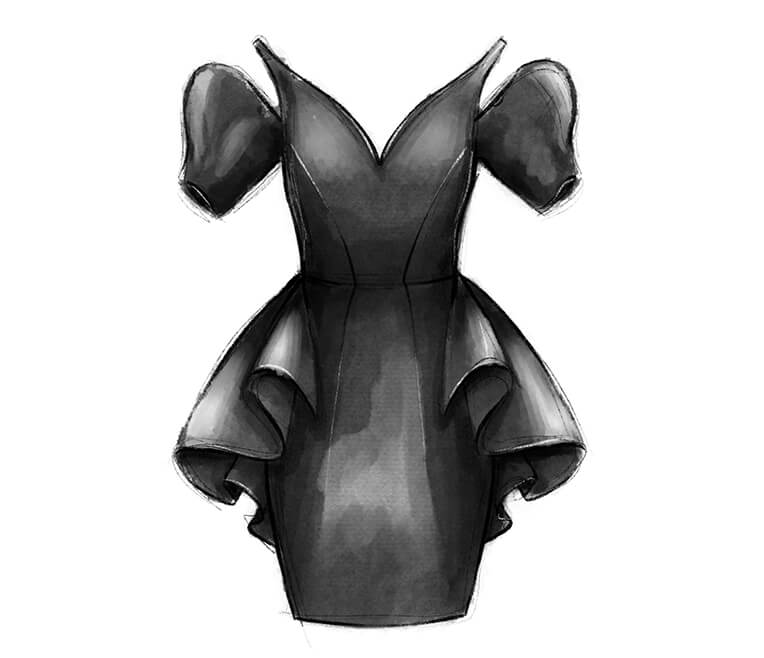
Typography à la Bauhaus
The Bauhaus school of design only existed for 14 years at the beginning of the 20th century, but its influence can still be seen today. Among others, in typography. The typefaces created there were already influential in the ’20s and ’30s and still shape typefaces and logos today. They have a significant impact on a company’s identity. Read the full article by author Marlen Gruner here in sisterMAG.
- Text: Marlen Gruner
Typography à la Bauhaus
The impact of serifs, widths and small capitals on companies and brands
The Bauhaus school of design only existed for 14 years at the beginning of the 20th century, but its influence can still be seen today. Among others, in typography. The typefaces created there were already influential in the ’20s and ’30s and still shape typefaces and logos today. They have a significant impact on a company’s identity.
»Writing is to culture what the air we breathe is to us. Without the written word there would be no culture,« says type designer Erik Spiekermann with reference to a very special project (1): for the 2019 Bauhaus centenary, he, together with the US software company Adobe, looked for unfinished Bauhaus typefaces or sketches and letter fragments in the archives, then reconstructed them and brought them to life.
A look into the history of typography
These typefaces with influences on culture were not discussed at Bauhaus from the beginning. At first, typography did not play a big role at the school founded in 1919. Although students experimented with letters and their geometry in the course »Schriftformlehre« (English: teachings of the written form), they only started looking into fonts and typefaces with the appointment of the Hungarian American typographer, photographer, painter and stage designer László Moholy-Nagy in 1923.
The Bauhaus teacher announced a »new typography«. Because »typography is an instrument of communication. It has to have a clear statement in the most urgent way possible,« wrote Moholy-Nagy in the Bauhaus book as early as 1923. At the time, he demanded a »standardised font without minuscule and capital letters, only with standardised letters – not with respect to size but form,« he is cited in edition 7 of the magazine »Offset« from 1926 (2). No sooner said than done or designed!
About the impact of typography
Thus, fonts and typefaces came increasingly into the focus of research. And during the course of the years and decades, companies have also had to pay more attention to and deal with them with regards to their logo or lettering because that is often the first thing a customer sees when going to a website or entering a store. »We perceive before we understand. Typography works just like background music: you do not really listen to it, but it still unconsciously has an effect on your mood,« explains typography expert Erik Spiekermann (3). Companies utilise this and let logos have their impact on people.
Behind this lies a complex construct, namely the interaction between content (text), background of the potential buyer (cultural and personal) and design via typography. However, the latter has the power to introduce values to the logo of a company. Because it’s the typography that triggers emotions and associations among potential customers and thus it represents the identity of the respective brand. A unique logo is an unmistakable hallmark.
Companies and their letterings
What psychological aspects are behind this? »A font can change the meaning of a word completely and give it a personality,« explains British graphic designer Sarah Hyndman (4) in this context. Typography helps to tell a story. For instance, rounded typefaces that resemble handwriting seem warm and friendly, while angular, geometric ones seem cool and technical. Wide letters stand for stability, narrow ones for instability. Short ascenders and descenders make a typeface seem down-to-earth while long ones give the impression of elegance.
The important aspect is this: »These particularities cannot be forced or seem like foreign objects, but have to insert themselves seamlessly into the concept of the typeface. Standing out without bothering someone – ideally, the observer will feel connected to the brand even if they only see the headline or read a brochure,« explains Berlin font designer Hannes von Döhren (4).
Fashion brands on the way to similar logos
With regard to this, it has recently been noticed that many luxury fashion brands have changed their logos. Balmain, Yves Saint Laurent and Burberry for instance changed their unique and partly ornamental word marks into simple, bold logos. Yves Saint Laurent dropped the »Yves« and changed their lean and elegant logo in small capitals to a simple sans-serif font – just like at the company’s beginning in the 1960s. Burberry and Balmain also let go of serifs, which technically form a line that the eye can follow.
The new word marks appear reduced and more objective instead of ornamental and opulent without losing elegance. They even remind you a little bit of the Bauhaus approach to a standardised font. The reason, however, seems to be a different one: social media. So the logos serve a practical purpose: industry experts are speculating that they are supposed to look good on Instagram, Facebook and the like.
In addition, whether with, without or just as a monogram, they are easily readable, »also on accessories and clothing,« explained a spokesperson of Balmain (5). This shows that people experiment a lot with typefaces, especially since the Bauhaus times, and that you have to move with the times depending on your target groups and their needs. Just what was propagated at Bauhaus: Uniting art and technology not only to make everyday life more beautiful, but also more functional.

